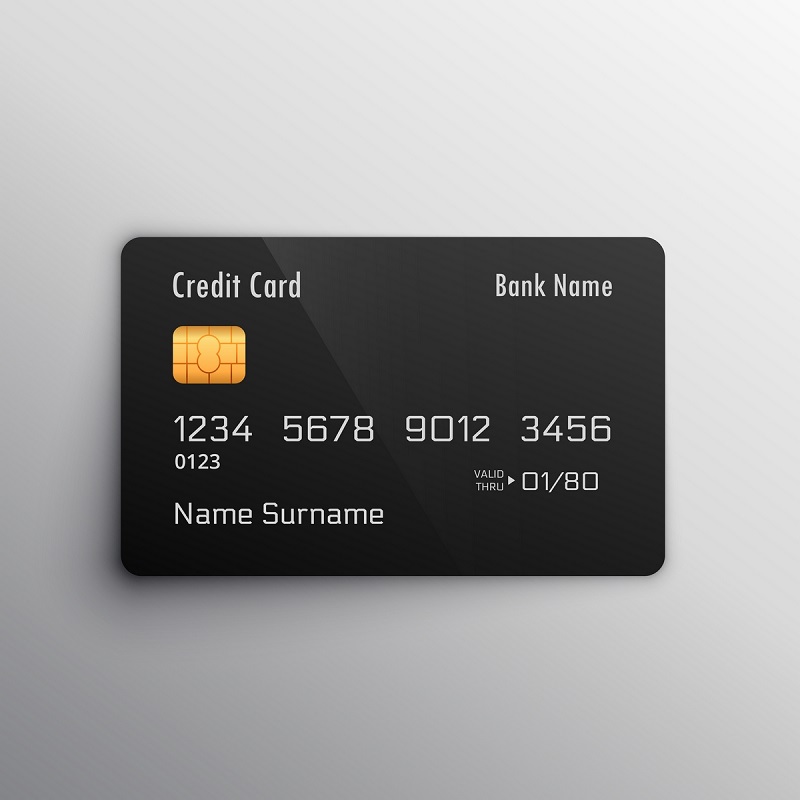The Buyt Desk
With the ‘Digital India’ initiative of the Indian Government, digital transactions have observed a significant jump. Where everyone is talking about the rapidly increasing use of mobile wallets, credit cards keep on becoming the users’ preferred mode of payment. It can be used to enjoy cashback, amazing discounts, and so many exciting deals.
As per RBI’s data, there were approximately 8.03 crore credit cards in motion in India as of July 2022. This value has raised by 26.5% from the July 2021 end.
How to Select the Right Credit Card?
The perfect way to select the right credit card will depend on the candidate’s investment patterns and rewards interest. Better understand your reason for purchasing a card for effective decision-making. Prefer multiple cards across several brands for numerous requirements over customizable ones.
Decide the card based on your spending habits. If you will use a credit card for shopping then opt for cards with cashback. However, if you are interested in dining out frequently, the cards will help you in availing of good meal offers. For shopping expenses, prefer cards that provide great benefits on expenses with selected brands or merchants, cashback, and reward rates.
Which Bank to Select?
Find a bank where you have opened your savings account and have a good primary relationship. Adhil Shetty, BankBazaar.com CEO, says that your bank will possibly create a preapproved offer for you based on your finances. It will help you in reducing the processing time and documentation. You could apply for them through an app or bank portal, or via a platform.
Consider a well-established bank with several cards. Don’t prefer a bank that has just one or two cards. This is because such banks are either closing the cabinets or experimenting with their card business.
Annual Charges or Lifetime Free Cards?
According to the rough estimates, a bank has approximately 20 credit card products on average. This shows about having 200-400 credit cards in the market. But, it can’t be assured how many of them consist of annual charges or which one is free for life.
Premium cards with annual fees provide more advantages than lifetime-free credit cards. For example, the SBI Aurum credit card offers free membership to Lenskart Gold, Amazon Prime, Discover Plus, Zomato Pro, and more. Even the holder has unlimited access to an airport lounge.
Annual fee cards waive annual fees when you invest a minimum amount yearly. A few cards may also ask you to tie up your utility bill payment to a card to get eligibility for an annual fee waiver.
Beginners should stick to cards with no annual fees. The reason is that premium high-end cards have higher requirements to get eligible. Your application might be rejected if you don’t have a specific income bracket.
Charges
Consider the charges related to owning a card. Interest rate charges, annual renewal fees, and issuance charges help in weighing the costs and benefits.
Issuance fees are zero for first-timers on starter cards. Shetty says that we are noticing that customers give preference for premium cards that cost INR 499 or upwards for several benefits. The annual percentage rate on nearly all cards is more than 40%. The more premium your card, the more its charges, which could go into lakhs in a few cases.
The important thing about credit card use is clearing the dues. Alongside late charges and interest charges, ballooning credit card debt could affect your credit score. The more dues you have, the more negatively it will affect your credit score.
Understand Your Rewards
People using credit cards generally begin from here. But, this is considered only the last step.
A free one-night hotel stay, a welcome voucher, or two airline tickets should not be the only reasons to get a specific credit card if it doesn’t align with other spending requirements. Similarly, vouchers that require you to spend a minimum threshold amount, approximately 2-5 lakh annually, don’t spend more than what you can afford.
So, compare all credit cards in your range. Understand the reward point structure that may be different for different banks and cards.







